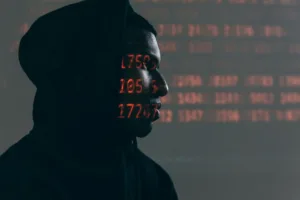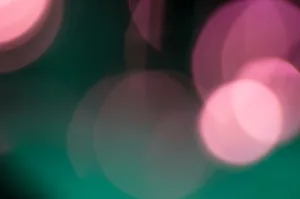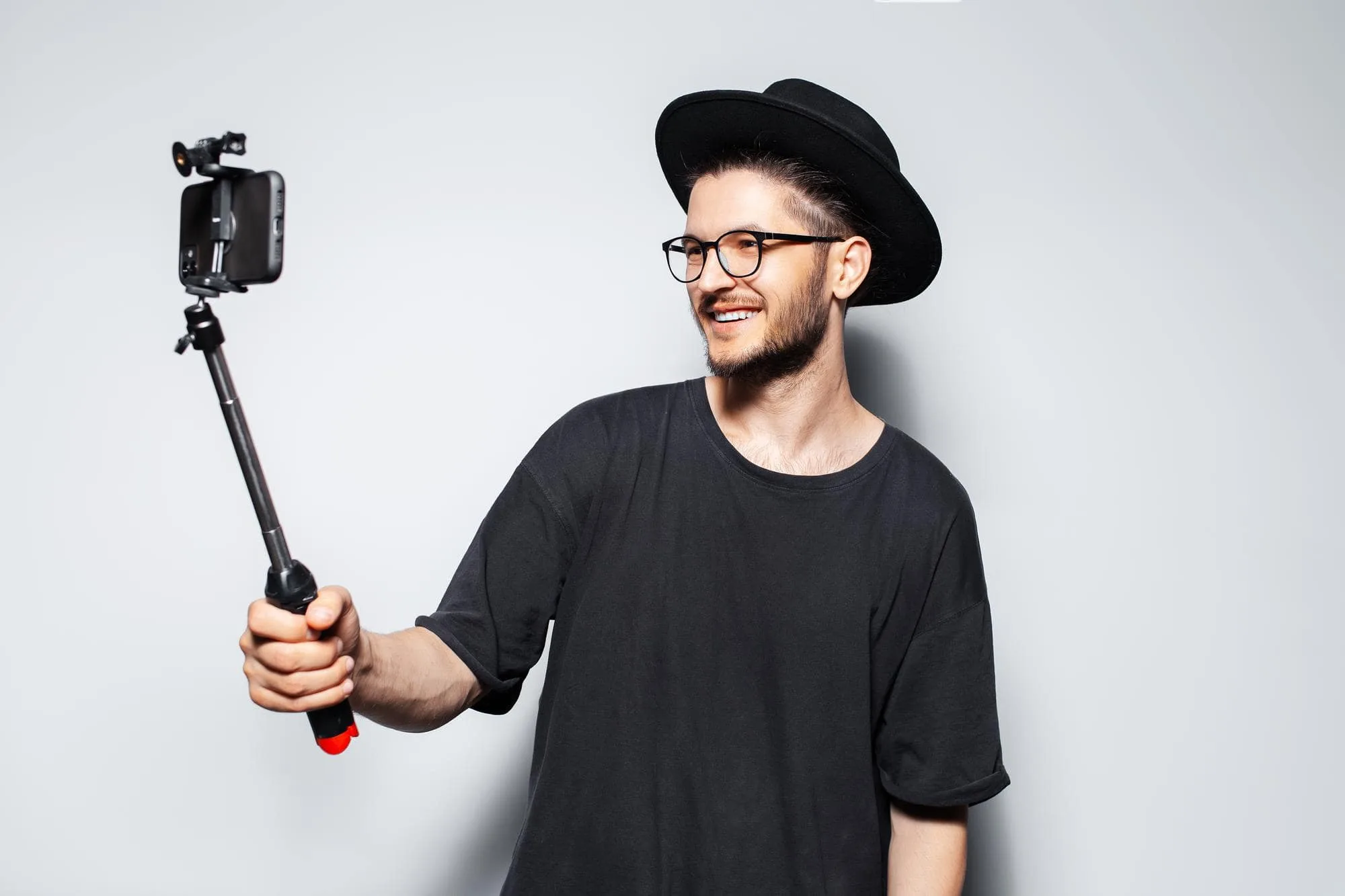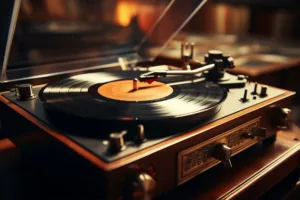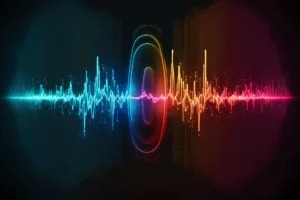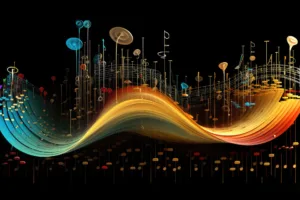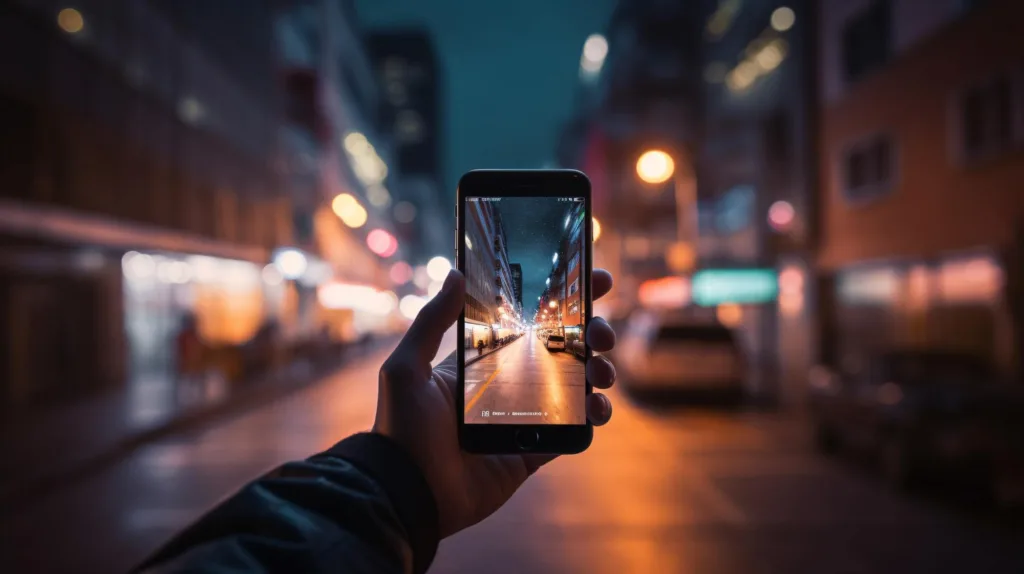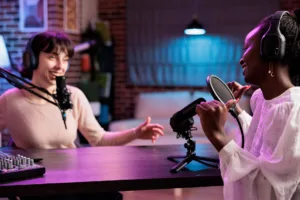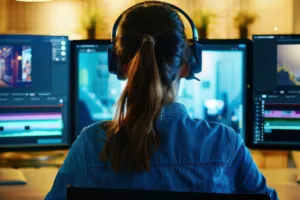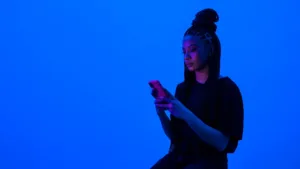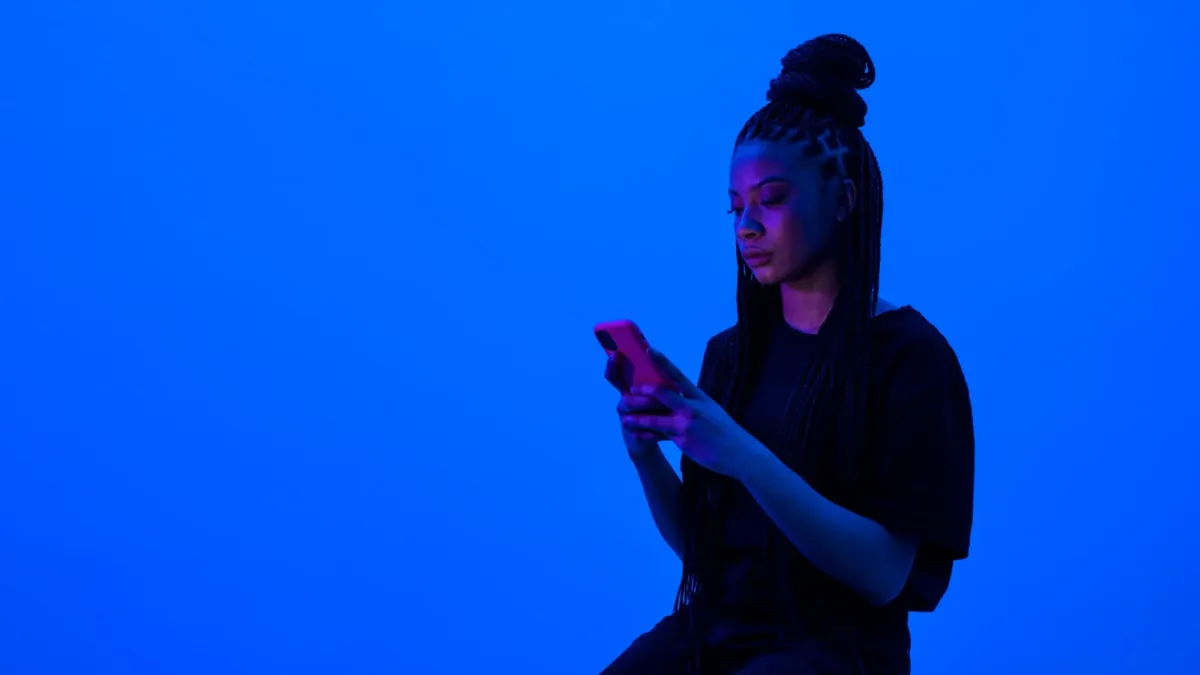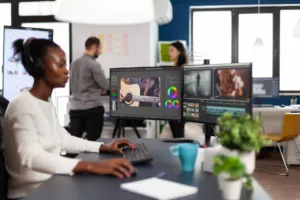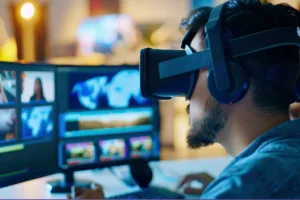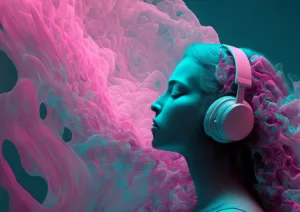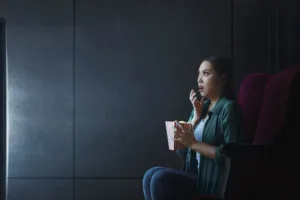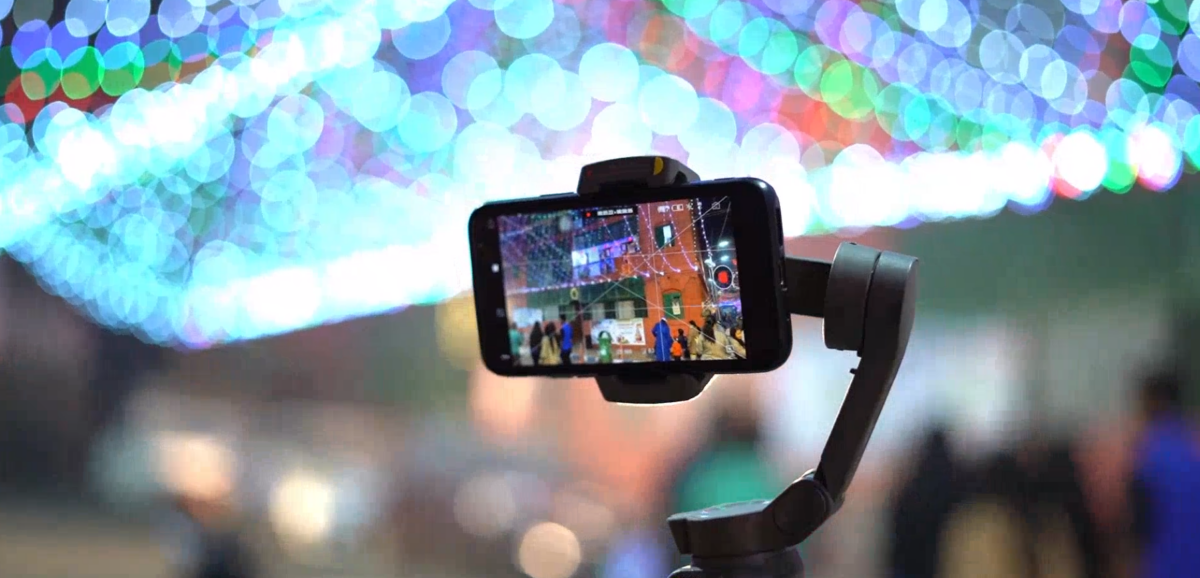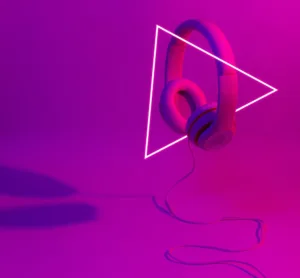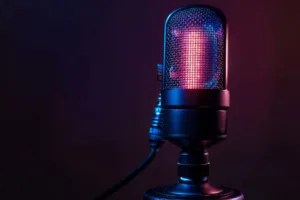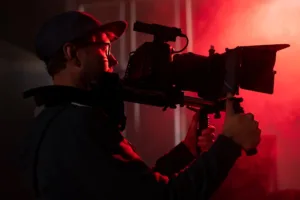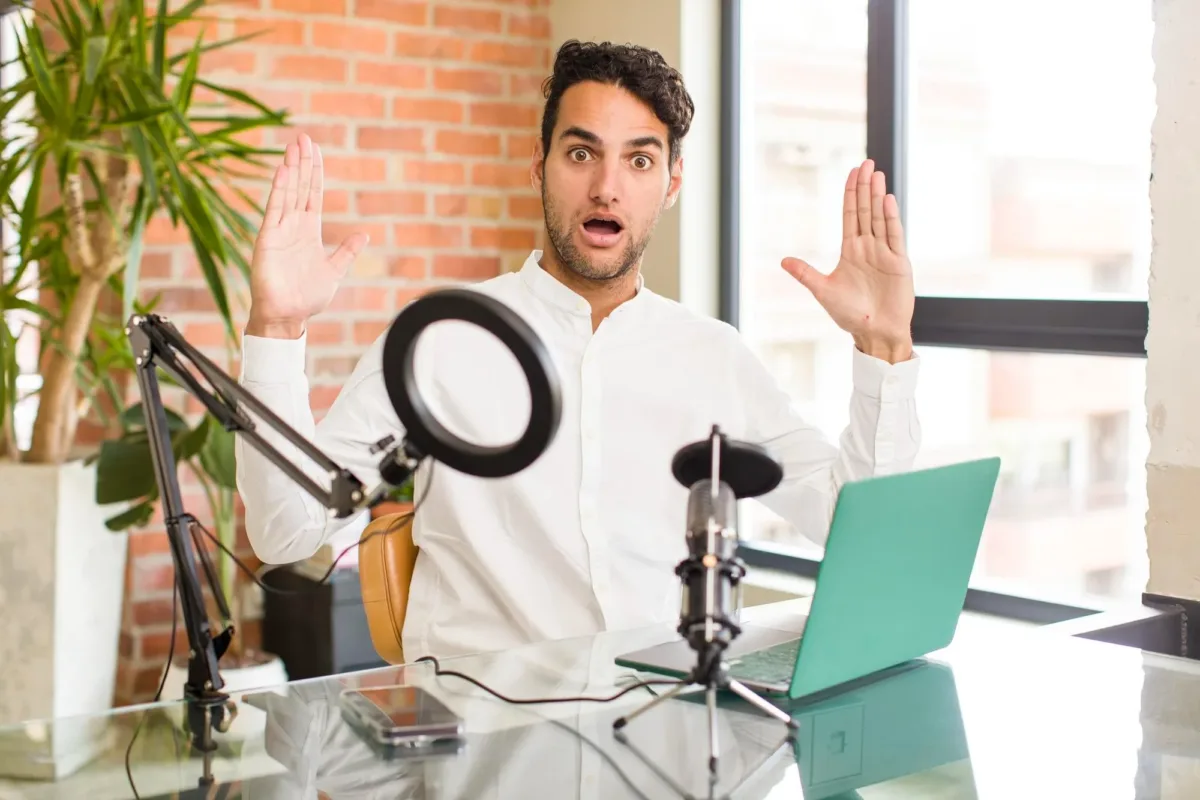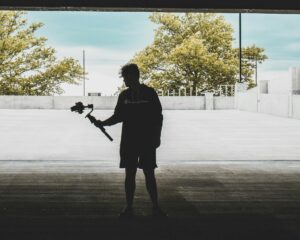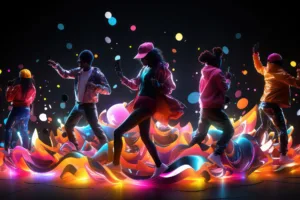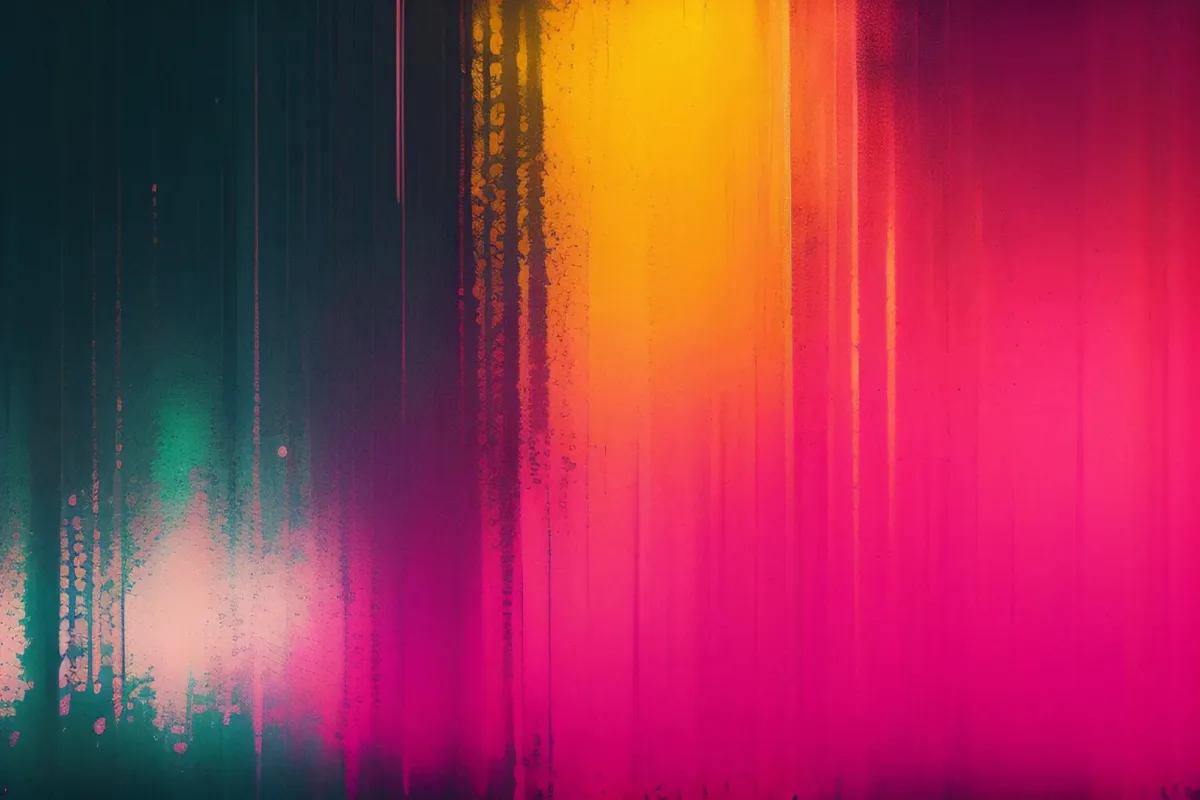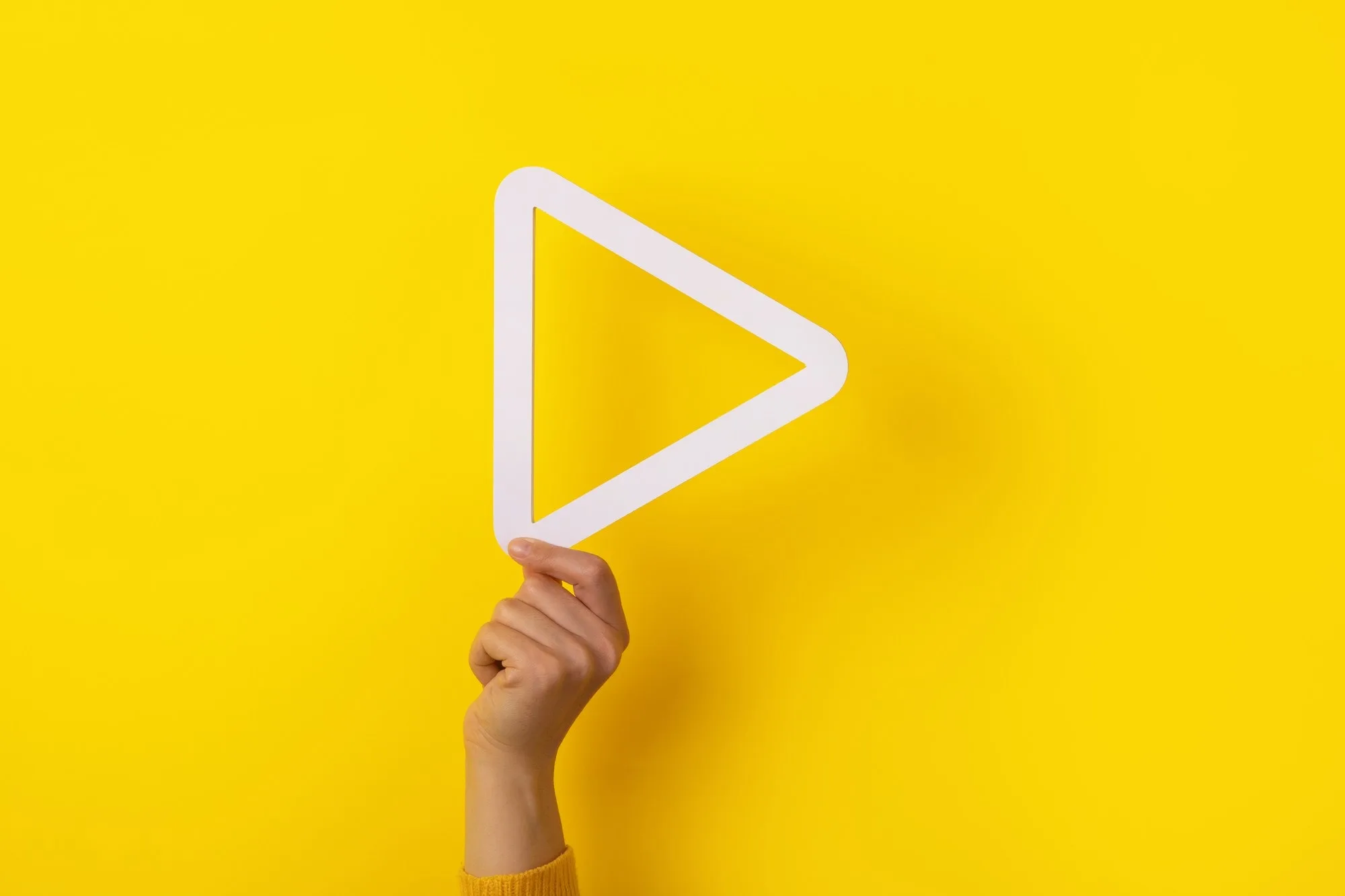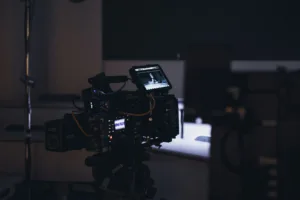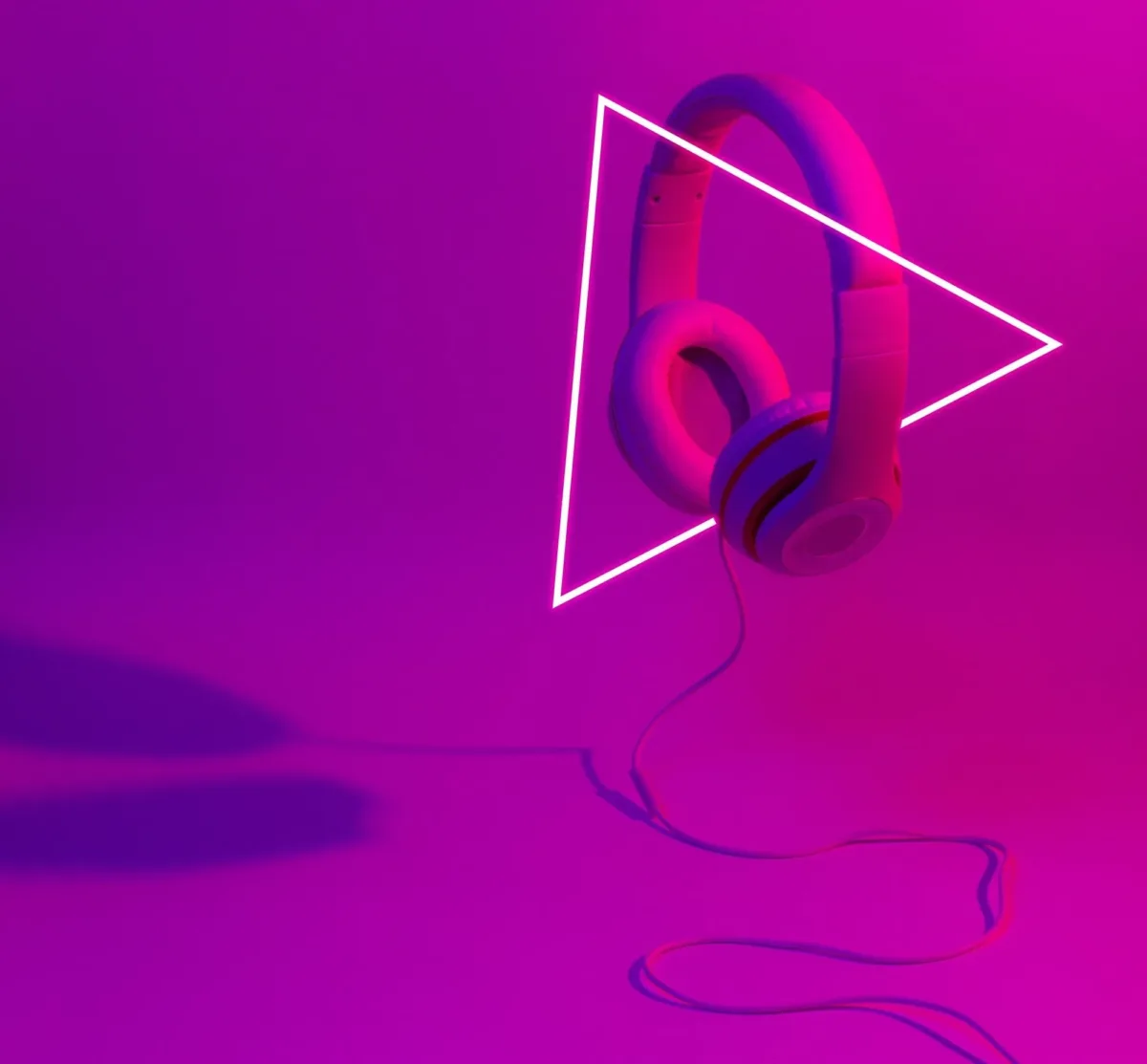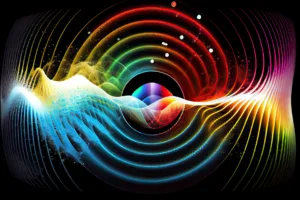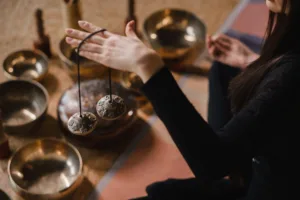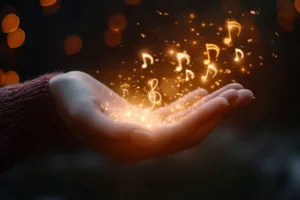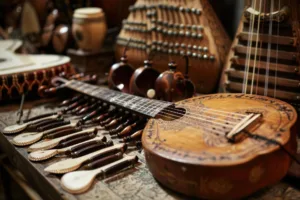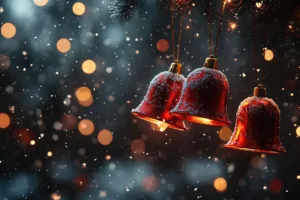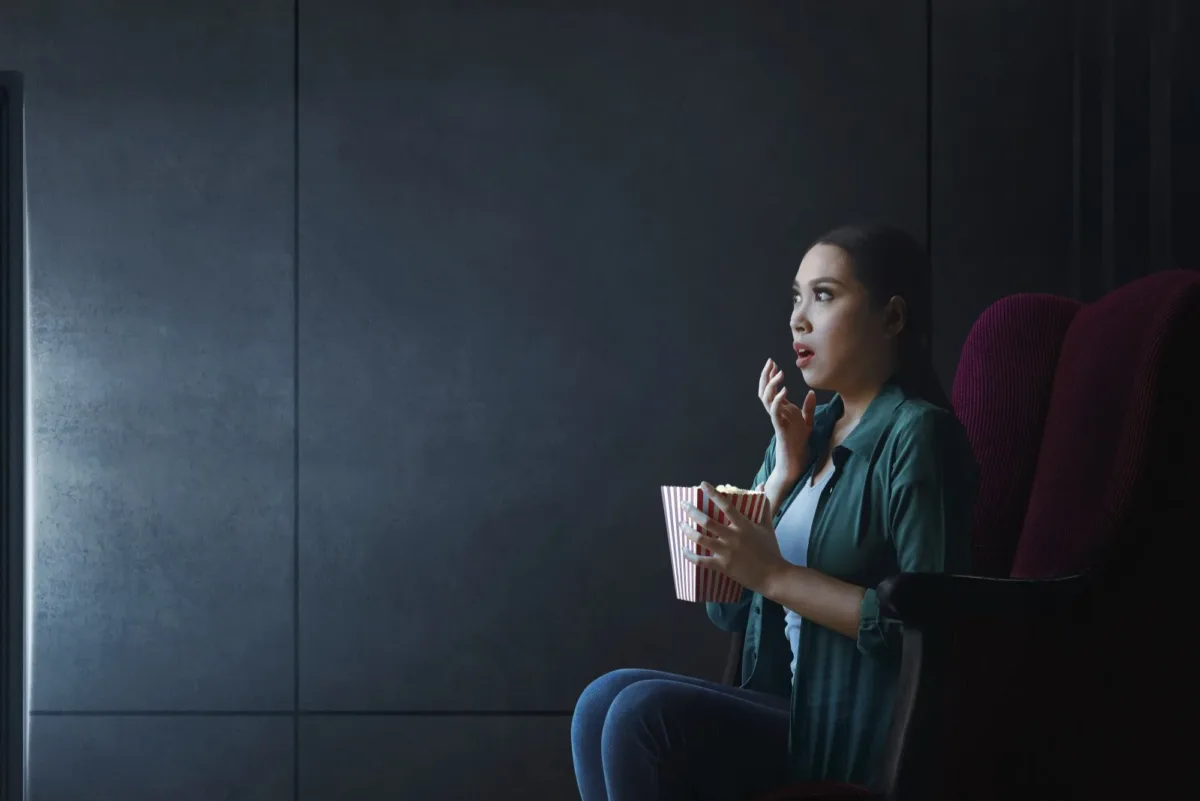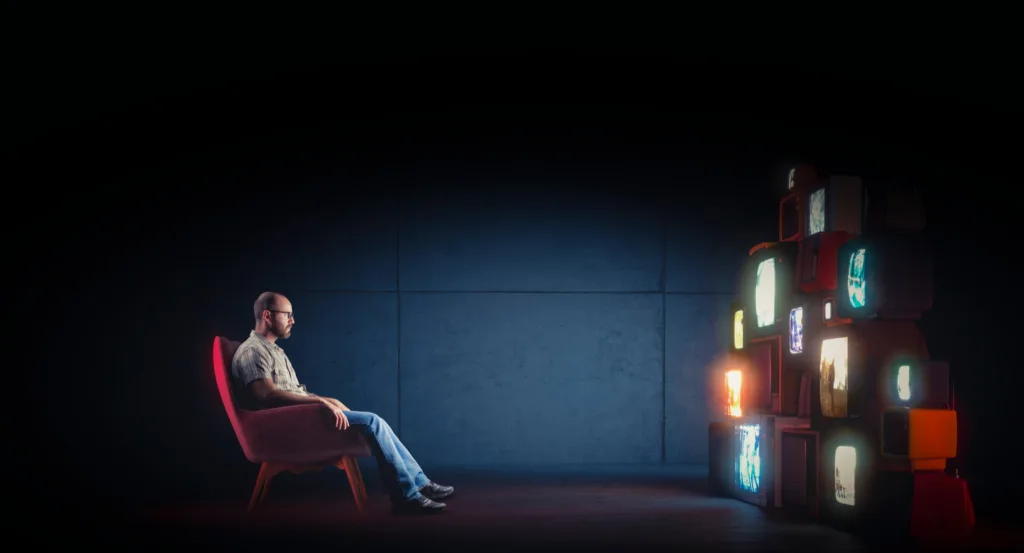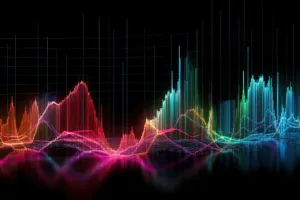Royalty Free Christmas Music: A Creators Guide.
The holiday season is a prime time for content creators to infuse their projects with festive cheer. Incorporating the right Christmas music can evoke nostalgia, warmth, and joy, enhancing the overall impact of your content. However, navigating the complexities of music licensing can be challenging. This guide explores the concept of royalty-free Christmas music and highlights platforms like TuneCutter that offer free, customizable tracks to elevate your holiday projects.
Understanding Royalty-Free Christmas Music
Royalty-free music refers to tracks that can be used without the need to pay ongoing royalties or licensing fees. This doesn’t necessarily mean the music is free of charge; some platforms may require a one-time payment or subscription. However, many sources offer high-quality royalty-free Christmas music at no cost, making it accessible for creators with varying budgets.
Key Benefits:
Cost-Effective: Eliminates the need for recurring payments, allowing for budget-friendly content creation.
Legal Peace of Mind: Ensures that your use of the music complies with copyright laws, preventing potential legal issues.
Creative Flexibility: Provides a diverse selection of tracks that can be tailored to fit the specific mood and tone of your project.
Top Platforms for Royalty-Free Christmas Music
Several platforms offer royalty-free Christmas music, each with unique features and libraries. Here are some notable options:
1. TuneCutter
TuneCutter stands out by offering a vast library of 100% free royalty-free Christmas music, including individual stems for customization. This feature allows creators to adjust various elements of a track to better suit their project’s needs.
Key Features:
Extensive Music Library: A wide range of genres and styles to choose from.
Downloadable Stems: Access to individual components of a track (e.g., vocals, instruments) for personalized editing.
User-Friendly Interface: Easy navigation and search functionality to quickly find the perfect track.
Explore TuneCutter: https://tunecutter.com
2. Free Music Archive
The Free Music Archive offers a diverse collection of free-to-use music across various genres. While selections can vary in quality, it’s a valuable resource for finding unique tracks.
Key Features:
Diverse Genres: A broad spectrum of music styles available.
Community Contributions: Music contributed by artists worldwide.
Visit Free Music Archive: https://freemusicarchive.org
3. Epidemic Sound
Epidemic Sound provides high-quality tracks through a subscription model. While not free, it offers a vast library of professionally produced music.
Key Features:
High-Quality Productions: Professionally produced tracks suitable for various media.
Regular Updates: New music added frequently.
Explore Epidemic Sound: https://epidemicsound.com
Incorporating Royalty-Free Christmas Music into Your Projects
Selecting the right music is crucial for setting the desired tone and enhancing the emotional impact of your content. Here are some tips for effectively integrating royalty-free Christmas music:
Align with Your Message: Choose tracks that complement the narrative and mood of your project.
Consider Your Audience: Select music that resonates with your target audience’s preferences.
Leverage Stems for Customization: Utilize platforms like TuneCutter to adjust individual elements of a track, ensuring it fits seamlessly with your content.
Legal Considerations
Even when using royalty-free music, it’s essential to adhere to the licensing terms specified by the platform or artist. This may include providing attribution or restricting use to certain types of projects. Always review the licensing agreements to ensure compliance and avoid potential legal issues.
Conclusion
Incorporating royalty-free Christmas music into your holiday content can significantly enhance its appeal and emotional resonance. Platforms like TuneCutter offer valuable resources for creators seeking high-quality, customizable tracks without the burden of ongoing royalties. By understanding the benefits and legal considerations associated with royalty-free music, you can confidently select and integrate the perfect festive tunes into your projects.
Explore TuneCutter’s Christmas Music Collection: https://tunecutter.com/royalty-free-christmas-music/
For a curated list of timeless public domain Christmas songs, you can also visit: https://tunecutter.com/30-public-domain-christmas-songs/




